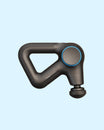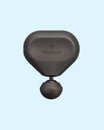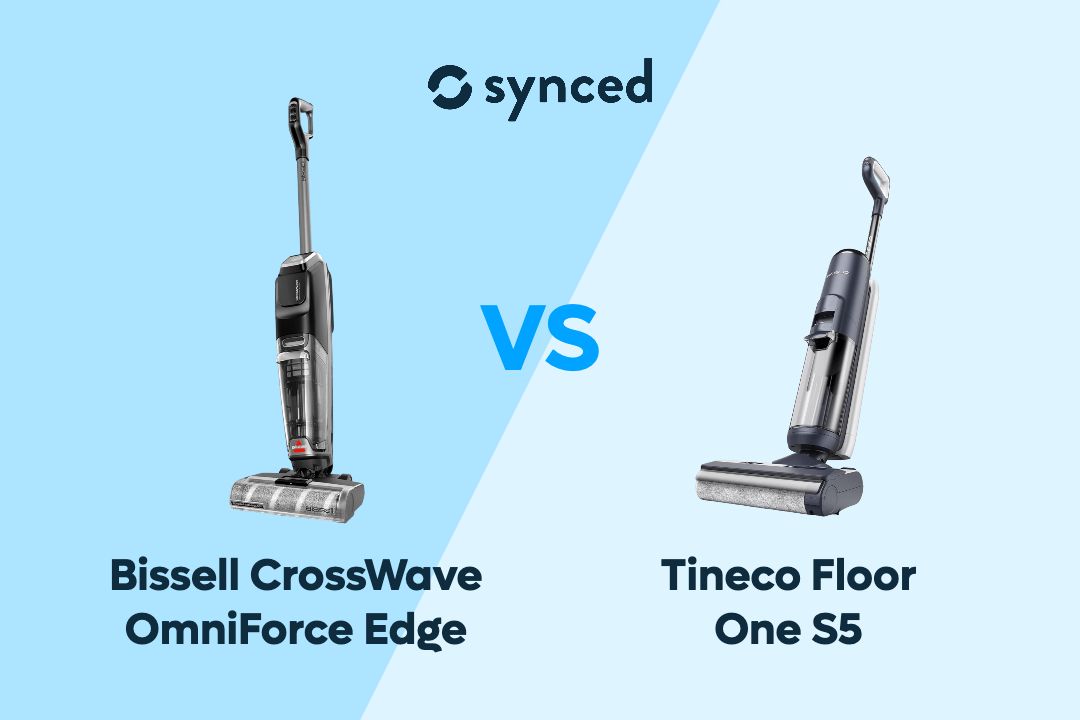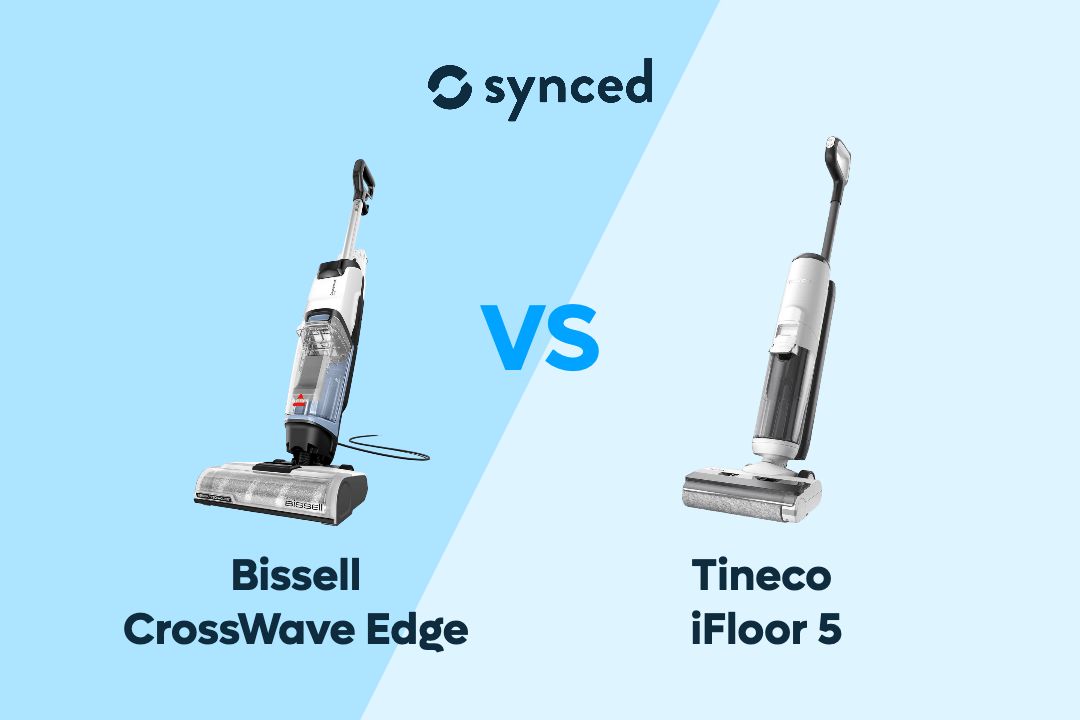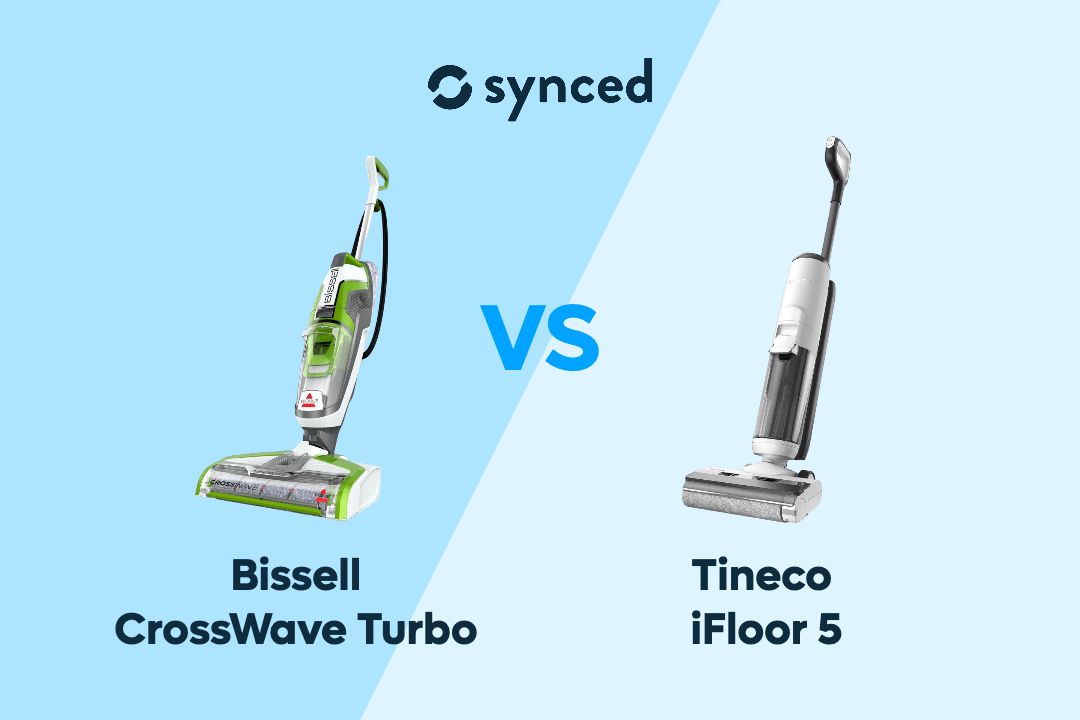Samsung S85D vs LG B4
Elisabeth Christ
Updated September 2024

When it comes to choosing the perfect TV, the competition between Samsung’s S85D and LG’s B4 OLED is fierce. Both models are packed with advanced features, delivering exceptional performance across design, display, and gaming. The Samsung S85D elevates OLED technology with its sleek design and impressive audio features, while the LG B4 OLED stands as an affordable entry into premium picture quality. This comparison will help you navigate their strengths and determine which one suits your needs best.
Key Takeaways
Samsung’s S85D impresses with its stunning design, vibrant Pantone-validated colors, and gaming features like Motion Xcelerator and FreeSync Premium Pro. On the other hand, LG’s B4 OLED provides superior HDR performance with Dolby Vision, enhanced brightness, and lower input lag for competitive gaming. Both TVs boast strong connectivity and immersive sound, but Samsung edges ahead in smart features, while LG excels in display performance.


Samsung S85D OLED TV
Entry-level OLED with Excellent Picture Quality
✓ Slim and stylish design
✓ Object Tracking Sound Lite & Dolby Atmos
✓ NQ4 AI Gen2 Processor
✓ 120Hz native refresh rate

LG B4 OLED TV
Well-rounded Entry-level OLED
✓ W-OLED panel
✓ WebOS 24 smart TV
✓ 9.1ms input lag with Boost mode enabled
✓ Wowcast support for lossless wireless Dolby Digital output
#1 Design and Build Quality

LG OLED B4
Samsung’s S85D grabs attention with its ultra-slim, wave-inspired contour design that exudes sophistication and elegance. Its curved rear panel offers a flowing aesthetic, further complemented by a minimalist stand with feet at each corner, providing stability and a modern look. The SolarCell One remote is an eco-friendly touch, charging with indoor light, which adds to the sleek design concept. This makes the S85D a showstopper in any room, marrying form and function seamlessly.
LG’s B4 OLED takes a more utilitarian yet refined approach. While its aluminum support feet provide stable footing, they lack the adjustability seen in more premium models. The design may not be as eye-catching as Samsung’s, but it serves its purpose with a slim profile that still feels modern. The Magic Remote offers easy navigation, though it doesn’t pack the same eco-friendly punch as Samsung’s SolarCell. Both TVs offer aesthetic appeal, but Samsung's design focuses on elegance and environmental consciousness, while LG’s B4 OLED prioritizes practicality.
#2 Image Quality and Display Features

Samsung S85D OLED TV
Samsung’s S85D uses a WOLED panel with 4K AI Upscaling and a Pantone-validated color system, ensuring vibrant, accurate hues across the board. Its HDR10+ and HLG support contribute to dynamic contrast, but the lack of Dolby Vision may be a consideration for those who prefer broader HDR options. The panel delivers stunning blacks and bright whites, perfect for movie lovers who appreciate deep shadow details and crystal-clear highlights.

LG OLED B4
LG’s B4 OLED, on the other hand, stands out with Dolby Vision alongside HDR10 and HLG, pushing the limits of its high contrast range. With 656 nits of peak brightness in HDR, it slightly edges out the S85D in terms of brightness for brighter environments. The 98.9% coverage of the DCI-P3 color space delivers stunningly accurate and vivid colors, ideal for cinephiles. Both offer exceptional OLED quality, but LG’s Dolby Vision inclusion and brightness boost give it an edge for HDR enthusiasts.
#3 Gaming Performance

Samsung S85D OLED TV
Samsung’s S85D caters to gamers with a 120Hz native refresh rate, supported by FreeSync Premium Pro for seamless HDR gaming with minimal screen tearing. Its Motion Xcelerator feature ensures smooth motion in fast-paced games, and the Game Bar lets users easily tweak settings. The Samsung Gaming Hub also offers access to cloud gaming platforms like Xbox Cloud Gaming, making it a strong contender for those who love gaming without needing a console.

LG OLED B4
The LG B4 OLED doesn’t lag behind, offering 4K 120Hz performance with VRR support across all HDMI 2.1 ports. With input lag as low as 9.1ms when in Boost mode, it provides ultra-responsive gameplay, perfect for competitive gamers. Its Game Optimizer mode automatically adjusts settings for the best gaming experience as soon as a console is detected. Whether you prioritize streaming or console gaming, both TVs cater to the needs of modern gamers, but LG’s lower input lag gives it an edge in fast-paced, competitive scenarios.
#4 Sound Quality

Samsung S85D OLED TV
Samsung’s S85D takes a lead with its Object Tracking Sound Lite, which offers Dolby Atmos support through its 2.0-channel speaker setup. The Adaptive Sound Pro feature analyzes content and room acoustics, tailoring the audio to suit any environment. Although limited in its speaker configuration, the sound is robust, and the ability to integrate with Samsung soundbars through Q-Symphony enhances the immersive experience.
The LG B4 OLED comes with a 2.0-channel speaker system as well but includes virtual Dolby Atmos support for a broader soundstage. The TV also offers wireless audio output to compatible Bluetooth devices and supports Wowcast for lossless Dolby output to LG soundbars. While the sound quality is decent, it lacks the punch of a dedicated subwoofer, limiting its bass impact. Both TVs deliver immersive audio, but Samsung's integration with its soundbars may provide more depth for audiophiles seeking rich sound.
#5 Additional Features and Connectivity

LG OLED B4
Samsung’s S85D is packed with smart features like Multi View, allowing users to watch content side-by-side on the TV and mobile. Its Tizen-based interface provides access to over 800 free channels, and the SmartThings integration enables smart home control directly from the TV. With four HDMI 2.1 ports supporting 4K 120Hz and ALLM, it’s built for connectivity and future-proof entertainment setups.
LG’s B4 OLED operates on webOS 24, offering a clean and user-friendly interface. It supports cloud gaming apps, including GeForce Now and Amazon Luna, making it a versatile option for gamers. The Quick Menu system allows for fast access to essential settings, and its broad range of inputs, including four HDMI 2.1 ports, ensures compatibility with all modern devices. Samsung may have more smart features, but LG’s simpler interface and robust gaming app support cater to tech-savvy users who value streamlined navigation.
Samsung S85D vs LG B4
Final Thoughts

Samsung S85D vs LG B4
If design and eco-conscious features like the SolarCell remote appeal to you, the Samsung S85D is an excellent choice. Its strong smart TV features and gaming hub make it a versatile option for tech lovers. However, if superior picture quality, Dolby Vision support, and a competitive price tag are what you value most, the LG B4 OLED delivers outstanding performance without breaking the bank. Choose based on what fits your viewing priorities best!
If you like to read more about Smart TVs, check out our other relevant guides here:
TCL QM8 vs Samsung QN90C
TCL QM8 vs Samsung QN90B
TCL QM8 vs Hisense U8N
TCL QM8 vs Hisense U8K
TCL Q6 vs Q7
TCL QM8 vs Q7
Author

Elisabeth Christ
Don't miss out on tech
Subscribe to our newsletter to stay up to date on the latest tech trends and guides on the best gadgets around.


